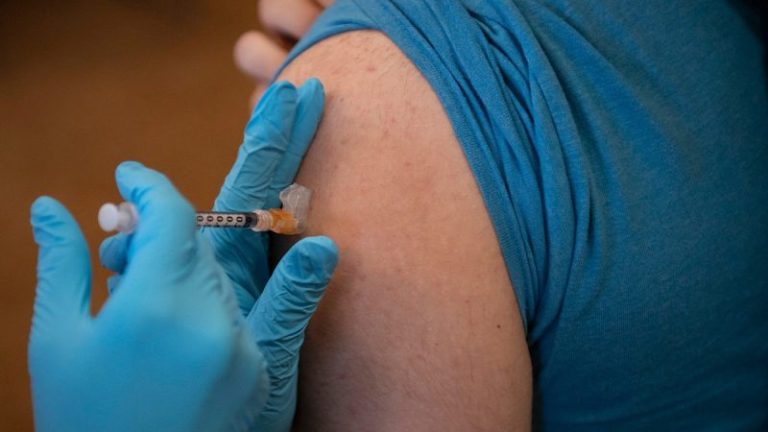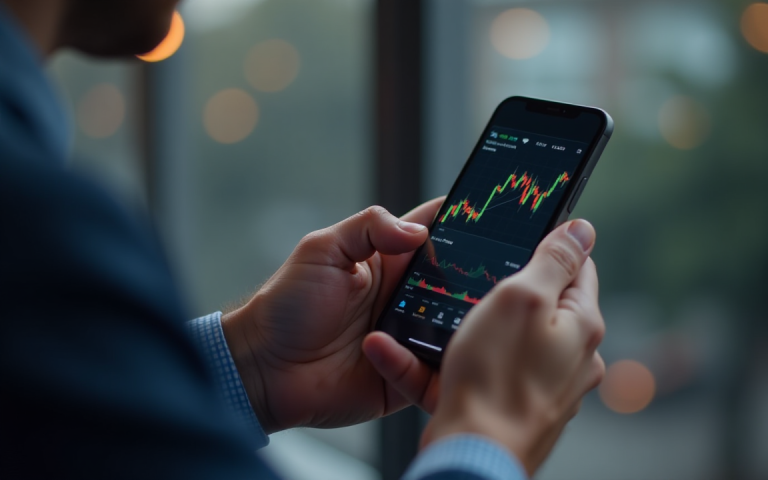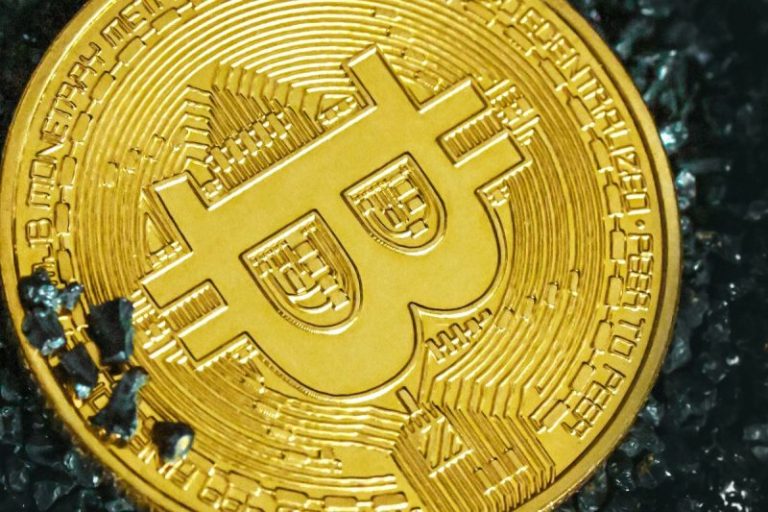Macy’s cut its full-year profit guidance on Wednesday even as it beat Wall Street’s quarterly earnings expectations, as the retailer’s CEO said it will hike prices of certain items to offset tariffs.
In a news release, the department store operator said it reduced its earnings outlook because of higher tariffs, more promotions and “some moderation” in discretionary spending. Macy’s stuck by its full-year sales forecast, however.
For fiscal 2025, Macy’s now expects adjusted earnings per share of $1.60 to $2, down from its previous forecast of $2.05 to $2.25. It reaffirmed its full-year sales guidance of between $21 billion and $21.4 billion, which would be a decline from $22.29 billion in the most recent full year.
In an interview with CNBC, CEO Tony Spring said about 15 cents to 40 cents per share of the guidance cut is due to tariffs. He said about 20% of the company’s merchandise comes from China.
Macy’s will raise some prices and stop carrying certain items to mitigate the hit from tariffs, he added.
“You’re dealing with it on both the demand side as well as the increased cost side,” he said. “And so navigating that, we have a series of different scenarios to try to figure out kind of what will be the reality, and we want our guidance to reflect the flexibility of that uncertainty, so that we can react in real time to how we serve or better serve the consumer.”
Spring said the company will be “surgical” with price changes.
“It’s not a one-size-fits-all kind of approach,” he said. “There are going to be items that are the same price as they were a year ago. There is going to be, selectively, items that may be more expensive, and there are items that we might not carry because the pricing doesn’t merit the quality or the perceived value by the consumer.”
Here’s how Macy’s did during its fiscal first quarter, compared with what Wall Street was anticipating, based on a survey of analysts by LSEG:
In the three-month period that ended May 3, the company’s net income was $38 million, or 13 cents per share, compared with $62 million, or 22 cents per share, in the year-ago period. Sales dropped from $4.85 billion in the year-ago quarter. Excluding some one-time charges including restructuring charges, adjusted earnings per share were 16 cents.
The company’s shares were down more than 2% in early trading on Wednesday.
Economic uncertainty — including President Donald Trump’s on-again, off-again tariff announcements — has complicated Macy’s turnaround plans. The New York City-based legacy retailer is more than a year into a three-year effort to become a smaller, but healthier business. It’s shuttering weaker stores and investing in stronger parts of the company, including luxury department store Bloomingdale’s and beauty chain Bluemercury. It has also tried to improve the customer experience, including by speeding up online deliveries and adding staff to stores.
Spring told analysts on the earnings call that the tariff impact on Macy’s outlook includes the additional costs of inventory previously imported under the 145% China tariffs, which have since dropped to 30%. He said the outlook does not include a potential increase in tariffs on the European Union or any other U.S. trading partner.
Trump recently threatened to implement, and then delayed, a 50% tariff on the EU.
Macy’s sells a mix of national band private brands, which are sold exclusively at its stores and on its website. Spring told CNBC that the company has reduced the share of its private brands that comes from China to about 27% — a drop from 32% last year and more than 50% before the Covid pandemic.
CFO Adrian Mitchell said on the company’s earnings call that Macy’s has taken action to blunt the impact of tariffs on national brands it sells, too. He said the company has renegotiated orders with vendors, canceled some orders and delayed others.
“We’ve been able to gain some vendor discounts, which has been helpful to us, but we’re absorbing some of that price as well,” he said.
And in some cases, Macy’s is keeping prices the same despite higher costs to appeal to value-conscious customers and gain market share from competitors, Mitchell added.
Spring said on the company’s earnings call on Wednesday that Macy’s sales were stronger in March and April compared to February, attributing some of that to improving weather. So far, sales trends in the second quarter have been above those in March and April, he added.
Macy’s plans to close about 150 underperforming namesake stores across the country by early 2027.
In the fiscal first quarter, Macy’s namesake brand remained its weakest. Comparable sales across Macy’s owned and licensed business, plus its online marketplace, declined 2.1% year over year.
When Macy’s took out the stores that it plans to shutter, however, trends looked slightly better. Comparable sales of its go-forward business, including its owned and licensed business and online marketplace, declined 1.9%
On the other hand, comparable sales at Bloomingdale’s rose 3.8% year over year, including its owned, licensed and marketplace businesses. Comparable sales at Bluemercury climbed 1.5% year over year.
To try to turn its namesake stores around, Macy’s has invested in 50 locations — dubbed the “First 50” — with more staffing, sharper displays and changes to its mix of merchandise. It has expanded that initiative to 75 additional stores, bringing the total to 125 locations that have gotten increased attention. That’s a little over a third of the 350 namesake locations that Macy’s plans to keep open.
Those 125 locations performed better than the overall Macy’s brand. Comparable sales among those revamped stores owned and licensed by Macy’s were down 0.8% compared with the year-ago period.
On Macy’s earnings call in March — before Trump made several sudden tariff moves that baffled companies and investors — Spring said the company’s guidance “assumes a certain level of uncertainty” about the economic outlook. He said even Macy’s affluent customer “is just as uncertain and as confused and concerned by what’s transpiring.”
Earlier this spring, Macy’s announced a few key leadership changes — including a new chief financial officer. Macy’s new CFO, Thomas Edwards, will begin on June 22. He previously served as the chief financial officer and chief operating officer of Capri Holdings, the parent company of Michael Kors. He will succeed Mitchell, who is leaving Macy’s.
As of Tuesday’s close, Macy’s shares are down about 29% so far this year. That trails the S&P 500′s nearly 1% gains during the same period. Macy’s stock closed on Tuesday at $12.04 per share, bringing the retailer’s market value to $3.35 billion.










